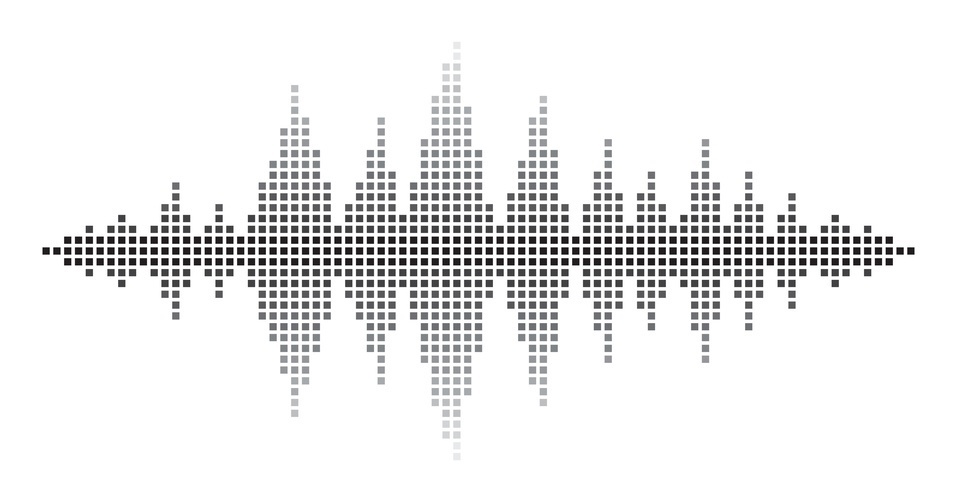dartinbout
Senior Member
- Joined
- Jan 15, 2020
- Messages
- 300
- Likes
- 314
Ignoring my first inclination to get trashy, as "turgid" implies something swollen, that could be interpreted as meaning electronica is somehow "flacid" but... yes I am older. Here's the catch, after dismissing most of the last 130 years of recorded music (and the the thousand years of composed music, preceding), I envy you your youth. You have a lifetime of discovery ahead of you. Although you may find it "bloody awful" now, age broadens taste. I hated opera, now I don't. I have recordings of Maria Callas that causes my flesh to tremble (no, I'm not having a stroke). I have live recordings of shows I saw, at the Fillmores', Winterland, Keystone Korner, Great America Music Hall and more. This 21st century offers so much auditory wealth. With the insane availability of so much music, at such ease, you will inevitably something new that is older then you, that you like. The other great thing is the equipment used to listen is so amazing (and cheap). You are really blessed with your lack of years, the future is bright (or at least in your old age, in an underground bunker, will ring with the sounds of "Daft Punk" to annoy your grandchildren).Ok grandad, 90%+ of my listening is electronic music, I find such genres as classical, rock, etc turgid and bloody awful to listen to.

